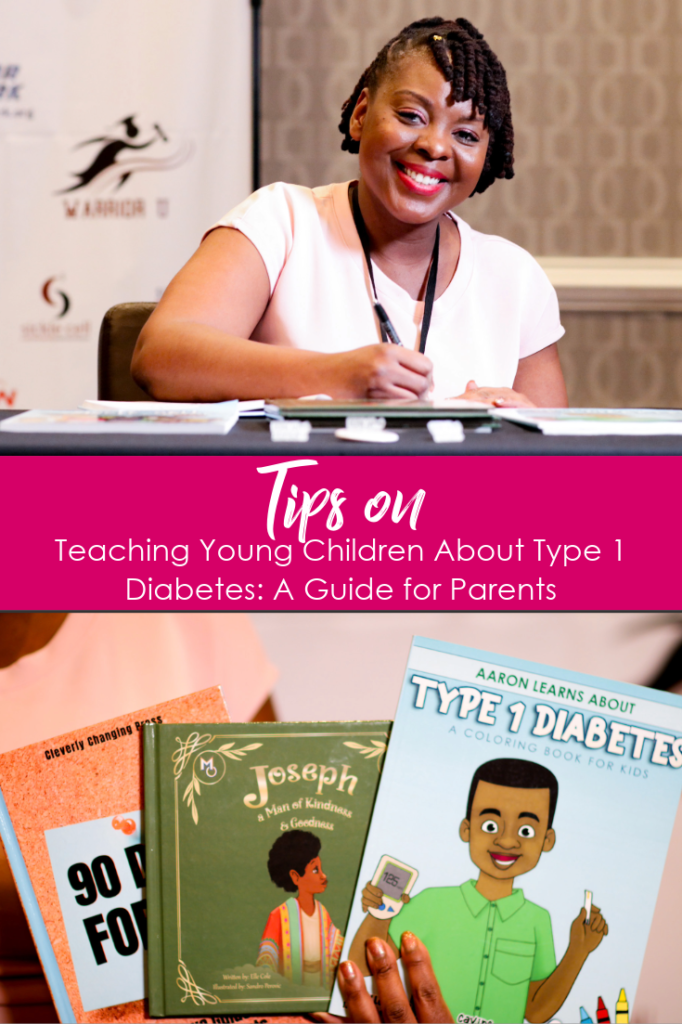As parents, educating our young ones about Type 1 Diabetes (T1D) is crucial, not only for those directly affected but also for their siblings and peers. Understanding T1D, fostering empathy, and learning how to manage blood glucose levels are essential to this education. Here’s a comprehensive guide to help you teach your small children about T1D in a way that’s engaging, age-appropriate, and effective.
Understanding Type 1 Diabetes
1. Simplify the Science
Children are naturally curious, so start by explaining the basics of T1D in simple terms. Use analogies they can understand. For instance, you might say:
“Type 1 Diabetes is when your body’s special sugar helpers, called insulin, don’t work properly. Insulin helps the sugar in our food go into our muscles for energy. Without it, the sugar stays in the blood and can make you feel sick.”
2. Use Visual Aids
Visual aids can make complex concepts more tangible. Use colorful illustrations, videos, or even storybooks specifically designed for children to explain what T1D is and how it affects the body.
3. Interactive Activities
Engage your child in interactive activities like drawing or crafting. For example, you could draw a body and show where the pancreas is and what it does. This hands-on approach helps reinforce their understanding.
Fostering Empathy
1. Role-Playing
Role-playing can be a powerful tool to build empathy. Create scenarios where your child can pretend to be someone with T1D. They can practice checking blood sugar levels using a toy glucometer or giving an insulin injection to a teddy bear. This helps them understand the daily challenges faced by those with T1D.
2. Encourage Questions
Create an open environment where your child feels comfortable asking questions. Answer them patiently and honestly. If you don’t know an answer, look it up together. This not only builds empathy but also encourages a habit of seeking knowledge.

3. Stories and Books
There are many children’s books available that address T1D in an empathetic and understanding way. Reading these stories together can help your child relate to and understand the experiences of others living with T1D. One of the books I highly recommend is “Aaron Learns About Type 1 Diabetes: A Coloring Book for Kids.”
The book is an invaluable resource designed to help children understand and manage Type 1 Diabetes (T1D) in an engaging and age-appropriate way. This unique coloring book goes beyond mere entertainment; it serves as an educational tool that helps children cope with their condition, discuss their feelings, and learn essential facts about T1D. Here’s how this book accomplishes these goals
Maintaining Healthy Blood Glucose Levels
1. Healthy Eating Habits
Teach your child about healthy eating habits. Explain how different foods affect blood sugar levels. You can make this fun by involving them in meal planning and cooking. For example, let them help you prepare a balanced meal, pointing out the carbohydrate, protein, and fat content in each ingredient.
2. Regular Monitoring
If your child has T1D, involve them in the process of monitoring their blood sugar levels. Explain why it’s important and how it helps them stay healthy. Use a reward system for regular monitoring to make it a positive experience.
3. Exercise and Physical Activity
Physical activity is important for everyone, especially for managing T1D. Explain how exercise helps the body use sugar better. Make physical activities a fun family affair, whether it’s a game of tag, a bike ride, or a dance party in the living room.
4. Recognizing Symptoms
Teach your child to recognize the symptoms of high and low blood sugar levels. Use simple terms and visual aids to illustrate what to look for and what to do. For example, you can create a colorful chart showing symptoms like dizziness, sweating, or feeling very tired, and what steps to take when they occur.
Creating a Supportive Environment
1. Open Communication
Keep the lines of communication open with your child. Regularly check in on how they’re feeling about their T1D management or their understanding of a sibling’s or friend’s condition. Make sure they know it’s okay to talk about their feelings and concerns.
2. Educate Siblings and Friends
It’s important that siblings and friends also understand T1D. Arrange for educational sessions or playdates where they can learn about T1D together. This fosters a supportive environment where everyone is knowledgeable and empathetic.
3. School and Community Involvement
Work with your child’s school to ensure teachers and classmates are informed about T1D. Provide educational materials and, if possible, offer to give a presentation. Community involvement can help create a wider support network for your child.
Be Patient!
Teaching small children about Type 1 Diabetes involves patience, creativity, and a lot of empathy. By simplifying the science, fostering empathy, promoting healthy habits, and creating a supportive environment, you can help your child understand T1D and live a healthy, fulfilling life. Remember, the goal is to make learning about T1D a positive and empowering experience for your child.


